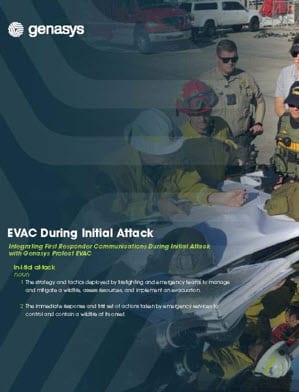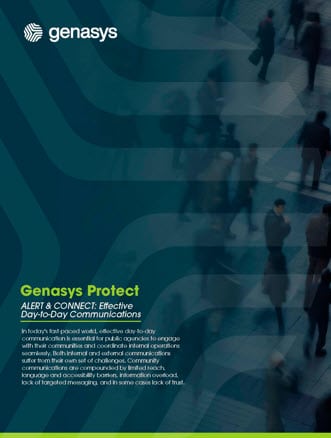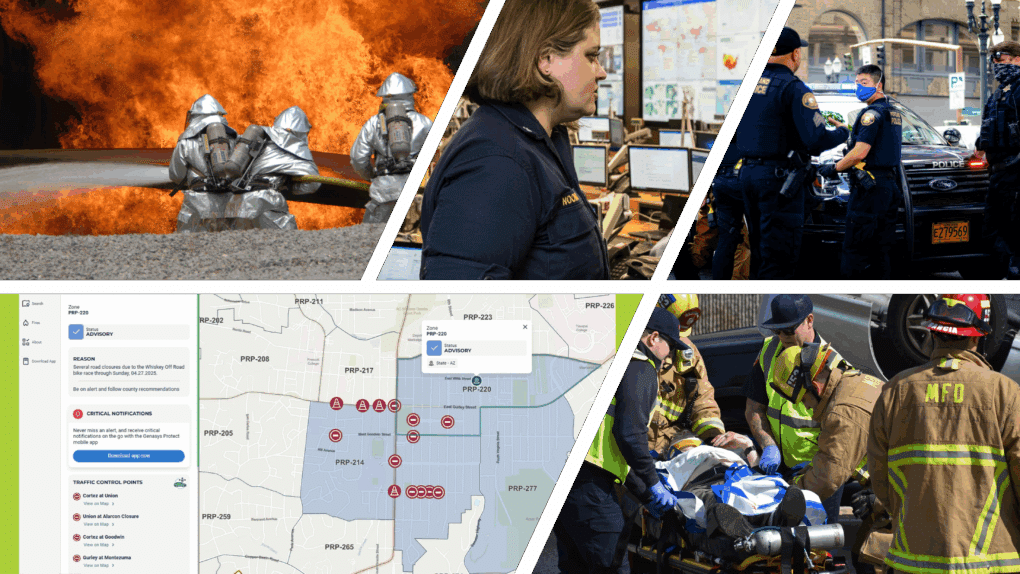The Integrated Public Alert and Warning System (IPAWS) unifies the United States’ Emergency Alert System, National Warning System, Wireless Emergency Alerts, and NOAA Weather Radio under a single platform. IPAWS was designed to modernize these systems by enabling alerts to be aggregated over a network and distributed to the appropriate system for public dissemination.

IPAWS is an addition to the older Emergency Alert System (EAS). EAS is used for sending emergency warnings over radio and TV. If you’ve heard a series of tones followed by a voice saying, “This is a test of the emergency alert system”, then you’ve heard EAS in action. Community radio stations have used EAS to save lives in times of emergency. Unfortunately, the system is fairly limited since EAS messages only contain brief, basic information. The new CAP protocol, however, allows these messages to carry extra text and audio as well as photos, videos, and PDFs.
WEA (Wireless Emergency Alerts, formerly known as the Commercial Mobile Alert System – CMAS), is a subsystem of IPAWS that allows the issuing authority to disseminate urgent alerts to cellphones in defined geographic areas without recipients having to opt into the notification system. Typical WEA alerts include Amber or Silver Alerts for child abductions or lost senior citizens. WEA is being adopted by most U.S. cities and counties.
WEA technology is increasingly being used for emergency communication at stadiums, expo centers, and large campuses. With WEA 3.0 technology now being supported by advanced IPAWS origination tools like Genasys, emergency managers can geofence and issue alerts to at-risk individuals or populations in defined locations or areas. without triggering devices in the same FIPS code but beyond the geofenced area.

As every emergency manager knows, practice makes perfect. The more a system is tested and activated, the better operators will respond during an actual emergency. But how do operators practice WEA when many mobile devices still in circulation do not yet support WEA 3.0 and will trigger even if they are not included in the notification area? There are a couple of approaches to this.
One way is to have a test environment included by the originating tool provider. At Genasys, we offer the ability to publish to a “Test” feed and switch to the Live feed when every single parameter of the alert has been finalized and vetted. The tool provides a clear visual clue when publishing to the live feed, so operators always know if they are in test or live publish mode.
The second option is to conduct tests on the Live feed but publish test messages that are received only by devices opted into the test message mode. Since WEA 2.0, two additional categories called “RWT” (Required Weekly Test) and “RMT” (Required Monthly Test) have been introduced into WEA publishing categories.
Enabling the option to receive test messages on Android devices is straightforward. Search for “Emergency Alerts” in Settings and enable the “State and local tests” option, which is disabled by default. On iPhones, the option is concealed. Open the Phone app and type in the following code: *5005*25371#, then press Call – The iPhone is now opted in. To opt-out, dial *5005*25370#.
By using this opt-in information, test messages can be delivered and reviewed to ensure operators are prepared and ready to issue Live Emergency Alerts.
For More info on Genasys IPAWS systems, CONTACT US.















